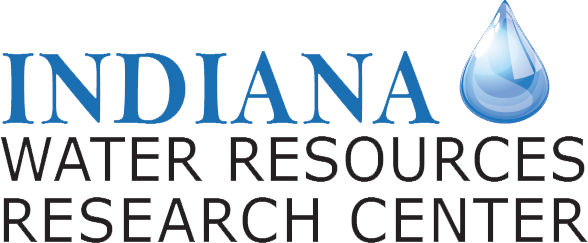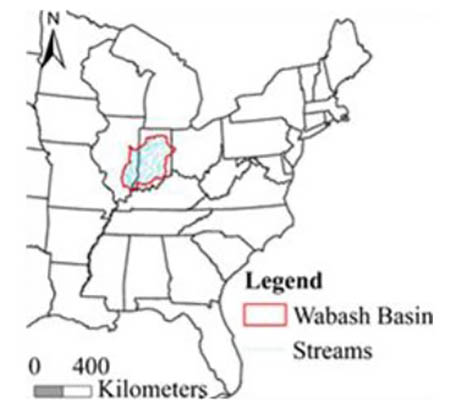Factsheet – Creating a High Resolution Hydrologic Model for Simulating and Forecasting Floods in the Wabash River Basin
A research project funded by the Indiana Water Resources Research Center through the U.S. Geological Survey’s 104B annual base grants (section 104 of the Water Resources Research Act of 1984, as amended).

Start Date: 2019-05-31
End Date: 2020-05-30
Total Federal Funds: $14,990
Total Non-Federal Funds: $29,996
Indiana experiences major floods in different parts of the state almost every year from both excessive rain and rapid snowmelt. From February to April 2018, more than 20 counties in Indiana experienced extreme flooding and were declared disaster areas by the Governor’s office. Information related to rainfall and streamflow, two pieces of information critical for predicting floods, is not available for many areas in the state. Additionally, most flood inundation maps, created by the Federal Emergency Management Agency (FEMA), are static maps that cannot tell much about potential flood inundation during high storm events. Thus there is a critical need to create dynamic flood inundation information for most areas in Indiana during high storm events. To address this need, we created a hyper-resolution hydrologic model to provide street level flood information and inundation for all the areas within the Wabash River Basin.
Research Objectives
1. Create a large-scale hydrologic and hydraulic model that can provide hydrologic fluxes and street level flooding information for any point in the entire Wabash River Basin. Various large datasets were used to acquire inputs related to topography, soil, land use information, precipitation, and hydrography for model development.
2. Apply calibrated model to flood forecasting for the City of Indianapolis and Upper Wabash Basin. Two smaller models were created for sub-basins of the Wabash River Basin, the Upper Wabash Basin and the White River Basin encompassing the City of Indianapolis to efficiently analyze ways of improving model performance before scaling back up to the full-scale model.

Wabash River Basin study site. Hydro-logic model was created for area shown in blue to predict flood warning and help with long-term planning.
Researcher Profile

Major Conclusions & Significance

Figure 2. Comparison of inundation extents estimated by the model and static FEMA maps. (a) 100-year FEMA flood extent map; (b) maximum flood extent during simulation; (c) flood inundation extent at 1.5 month time stamp; and (d) flood inundation extent at 2 month time stamp.
What Does This Mean For Indiana?


